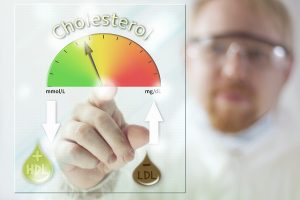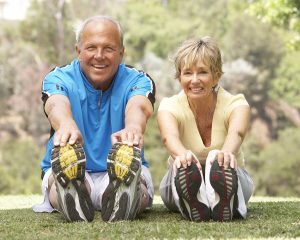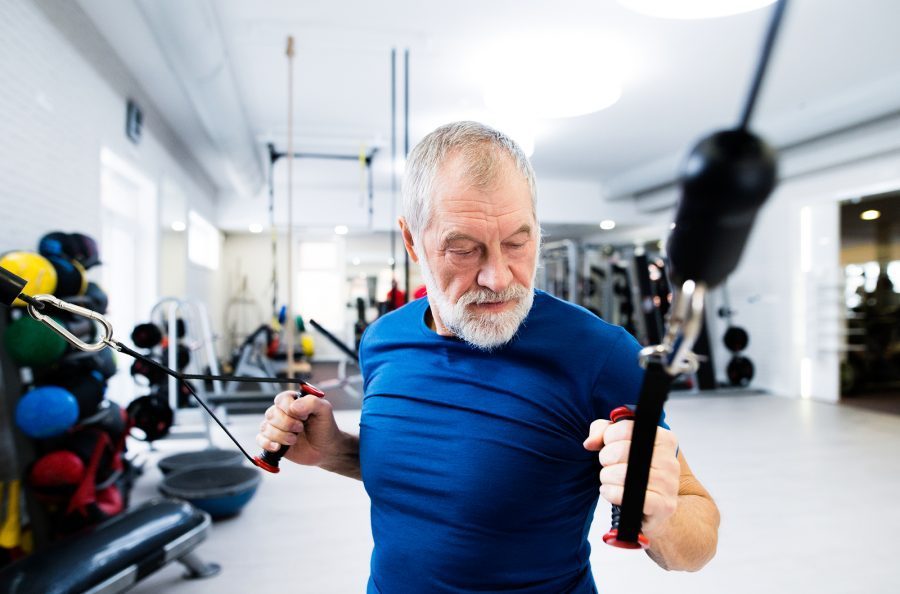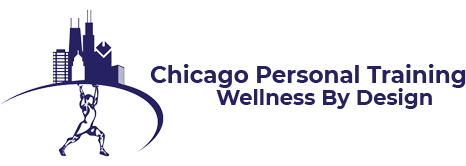
Cholesterol:
Cholesterol is only found in animal fats. It is essential in making sex hormones, and bile acids A blood level of less than 200 mg. is desirable. Although cholesterol is a fat, no calories are derived from it, because the body cannot break it down. You should limit yourself to no more than 300 milligrams of cholesterol a day.
Cholesterol is a waxy, fat-like substance (lipid). Although it’s often discussed as if it were a poison, it performs many essential bodily functions. “Cholesterol” is often a catch-all term for both the cholesterol you eat and the cholesterol in your blood. Cholesterol exists in food as a dietary lipid. You’ll find cholesterol only in animal products, such as meat and dairy foods. Cholesterol also exists in a different way as a natural component of your blood lipids. The cholesterol in your blood comes both from your liver and from the foods you eat. Your liver makes about 80 percent of your blood cholesterol.
There are numerous numbers to look at when analyzing cholesterol readings. Total number, HDL, LDL, VHDL as well as numerous ratio combination of the numbers. Although exercise has an influence to a certain extent on most health conditions, it’s greatest effect on high cholesterol is on the HDL (good cholesterol) number. To create the best changes on cholesterol readings come from a person’s diet. However, there are guidelines for exercising with high cholesterol.
There are some studies that show that higher intensity training can have a greater influence on HDL levels. However, if you are just starting out your workout program or have other health issues that can be negatively affected by high intensity training, you should consult your doctor and trainer before beginning any type of program.
Good Cholesterol:
HDL or ‘good cholesterol,” serve as the bloodstream’s “scavengers,” literally vacuuming up cholesterol and carrying it back to the liver to make into new VLDL or to remove it from the body via bile acids. HDLs, by removing cholesterol from the blood, decrease cholesterol damage to the arteries. The higher your HDL cholesterol, the lower your risk of developing heart disease.
Bad Cholesterol:
VLDLs convert to LDLs which are used by the body and removed. However, some people’s systems remove LDLs too slowly which causes LDLs to rise in the blood stream. This slow tendency is hereditary! When the LDL blood levels become too high, the body tends to start depositing cholesterol and other fatty substances in artery walls. LDLs have, therefore, been called “the bad cholesterol” since they’re the cause of heart disease. When LDLs line the arteries, they cause atherosclerosis and start slowing the blood supply to vital organs.
Triglycerides:
Triglycerides area a type of fatty substance in the blood. Blood triglycerides levels tend to be elevated in people who have high cholesterol levels, especially in people who are obese, or those with chronic kidney disease or diabetes. Some studies suggest that high blood triglycerides might increase the risk of heart disease. But other research fails to link high triglycerides levels with heart disease. Ask your physician about therapy to lower your triglycerides. Dietary changes and weight loss can help most people or sometimes medication may be necessary to lower the triglycerides levels.

Frequency Cardio 3-7x a week / Strength 2-4x a week / Flexibility daily
Intensity Cardio 40-70% V02 / Strength 10-15 reps
Duration 2 short session progress to 40-60 min / 1-3 sets / 10-30 second hold
Don’t start any exercise program until you talk to your doctor. Exercises that may be good for one person may not be right for you.

To help increase HDL readings and lower total cholesterol number
To improve overall health
Help prevent heart disease

No specific guidelines for warming up except for good common sense and how you feel that day and your overall fitness conditioning.
Always take the first few minutes relatively easy and slowly build up the exercise intensity each minute of the warm up phase.

Aerobic exercise of your choice, 30 to 60 minutes a day
If you are not up to that physical level of intensity yet, try doing segments of 10 minutes / 3-6x a day
Working out big muscle groups is also recommended. Here are a couple of examples:
Instead of doing arm curls and isolated triceps exercises do push ups or bench pressing
Instead of doing leg extensions and leg curls do squats or lunges
Big muscle group exercises uses more calories and can be more functional than isolated exercise movements.
If your fitness and health condition allows you to do High Intensity Interval Training you may want to include that type of training into your workout routine.
